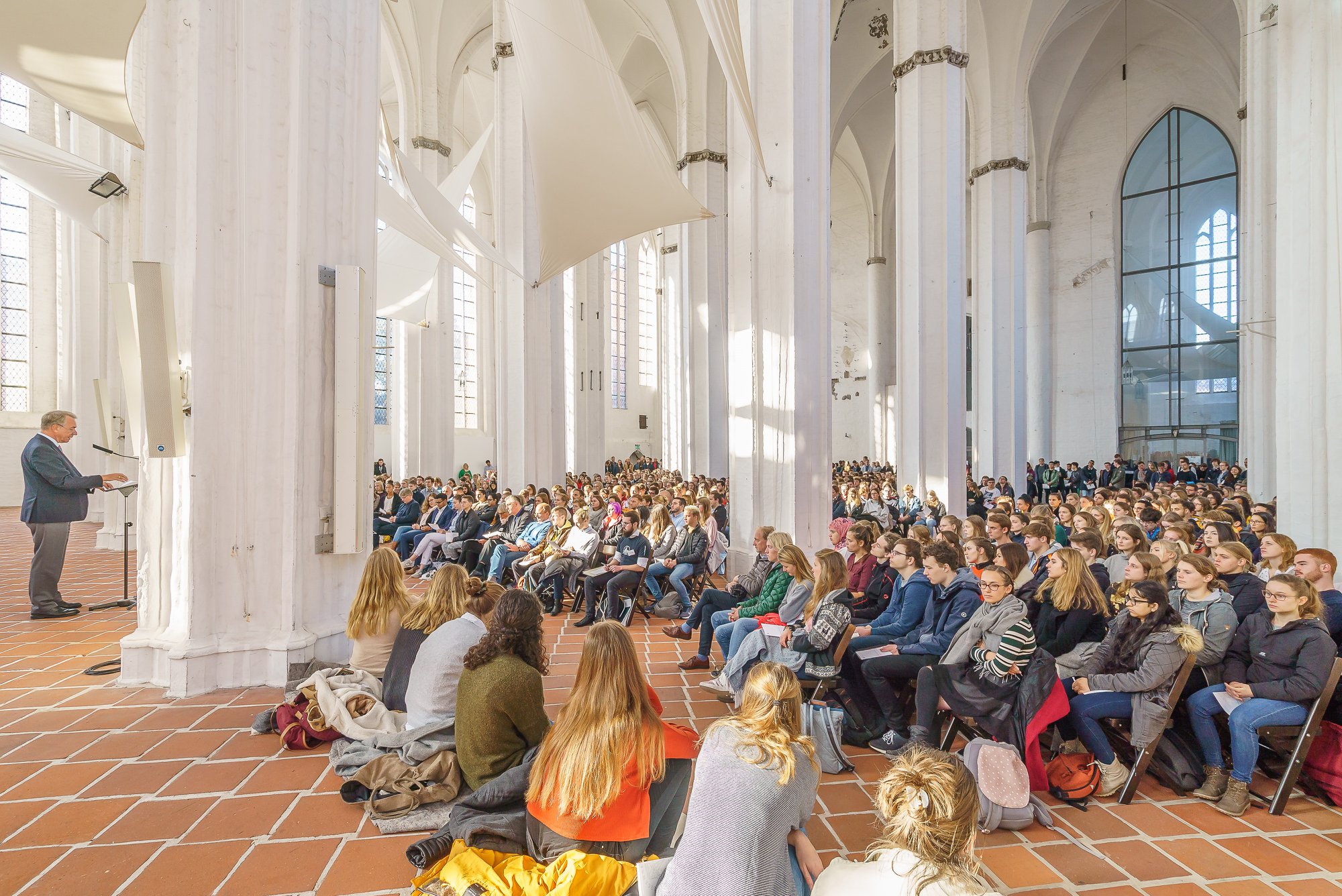IEEE Standard for Interconnecting Distributed Resources with Electric Power Systems is effectively the global standard for interconnection of distributed resources with large scale electric power systems. It provides requirements relevant to the performance, operation, testing, safety, and maintenance of the interconnection. Apart from the power reliability and sustainability zietgeist we have seen in campus bulk power distribution systems, this title is usually referenced in research projects undertaken in university research enterprises. The standard is intended to be universally adoptable, technology-neutral, and cover distributed resources as large 10 MVA. To wit:
IEEE 1547-2018 Standard for Interconnection and Interoperability of Distributed Energy Resources with Associated Electric Power Systems Interfaces: This standard — emerging from IEEE Root Project 1547.3 — 2007 asserts first principles for improved performance for distributed energy resources, connected to the grid. NIST funding aided this standard’s development. Links to related titles, recently released for public consultation, are listed below:
We collaborate with the IEEE Education & Healthcare Facilities Committee on this an related titles. This committee’s meetings are held 4 times monthly in European and American time zones. International Electrical Technical Commission titles are items on the standing agenda; a few representative titles are listed in addition to IEEE titles below:
IEC 62746-10-1:2018 Systems Interface Between Customer Energy Management System and the Power Management System – Part 10-1: Open Automated Demand Response: This standard specifies how to implement a two-way signaling system, between utilities and customers, thus allowing utilities to adjust the grid’s load, based on demand. NIST’s David Holmberg and Steve Bushby presented research to the International Electrotechnical Commission (IEC), aiding this US standard’s acceptance as an international one.
IEC 62746-10-3:2018, Systems Interface Between Customer Energy Management System and the Power Management System – Part 10-3: Open Automated Demand Response – Adapting Smart Grid User Interfaces to the IEC Common Information Model: Related to the previous standard, IEC 62746-10-3:2018 defines the interfaces, as well as, the messaging for this two-way signaling system. NIST’s Holmberg and Bushby also facilitated this international standard’s acceptance.
IEEE 21451-001-2017 Recommended Practice for Signal Treatment Applied to Smart Transducers: This guide supports the ability to uniformly processing and classifying data from sensors and actuators in a smart system. The standard enables a common interpretation of data and grid interoperability. NIST personnel served on this standard’s working group, providing NIST research on sensors and actuators.
IEEE 2030.7-2017 Standard for the Specification of Microgrid Controllers: This standard established requirements for controllers, used to sense and manage microgrids. These requirements inform the manufacturing of controllers, and ultimately enable grid interoperability. NIST funding aided this standard’s development.
IEEE 2030.8 Standard for Testing Microgrid Controllers: This testing standard helps verify that microgrid controllers meet these requirements, and, thus, will work as intended. NIST funding aided this standard’s development.
IEEE 1547-2018 Standard for Interconnection and Interoperability of Distributed Energy Resources with Associated Electric Power Systems Interfaces: This standard ushers in a new era of improved performance for distributed energy resources, connected to the grid. NIST funding aided this standard’s development.
To inform a United States position on IEC titles we follow the lead of the USNA/IEC whose activity we also track in the IEEE E&H Committee
Issue: [11-17]
Category: Electric, Energy
Colleagues: Mike Anthony, Bob Arno, Neal Dowling, Peter Sutherland
Standards Coordinating Committee Membership
























